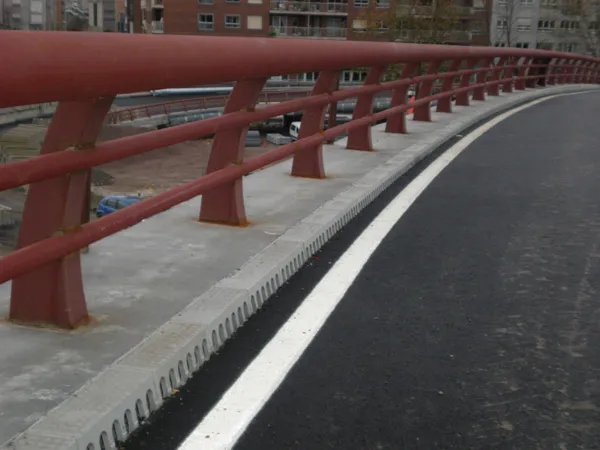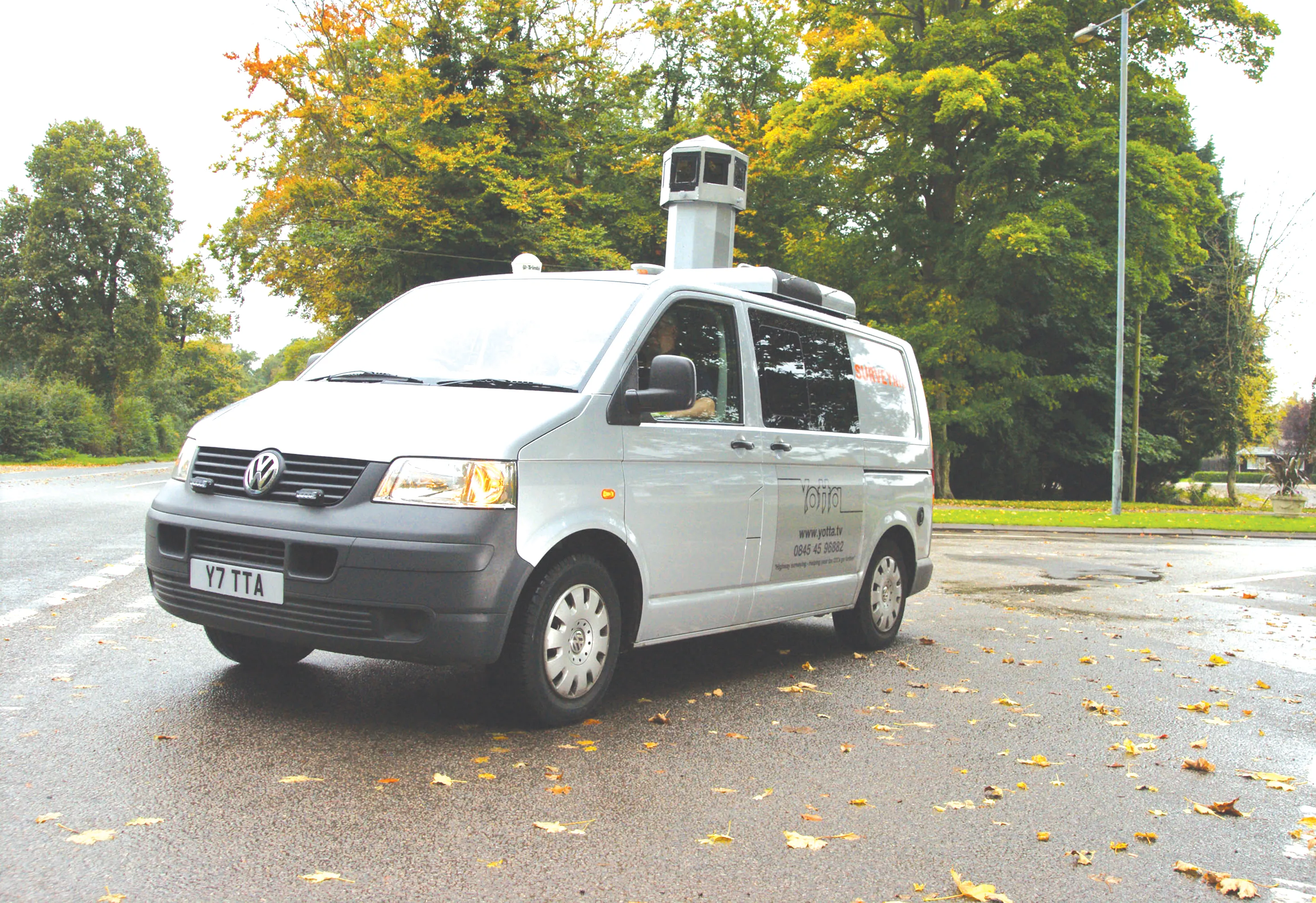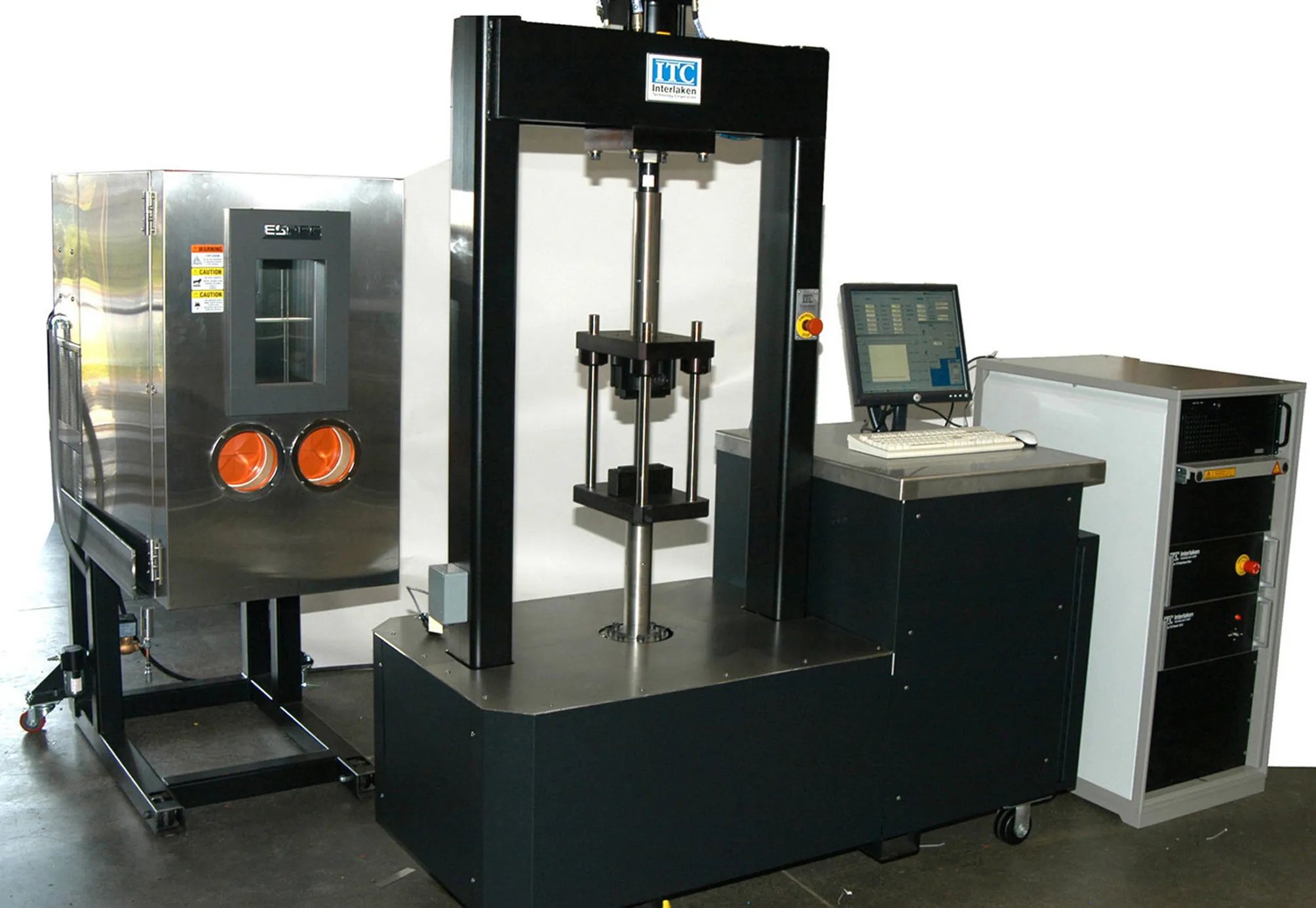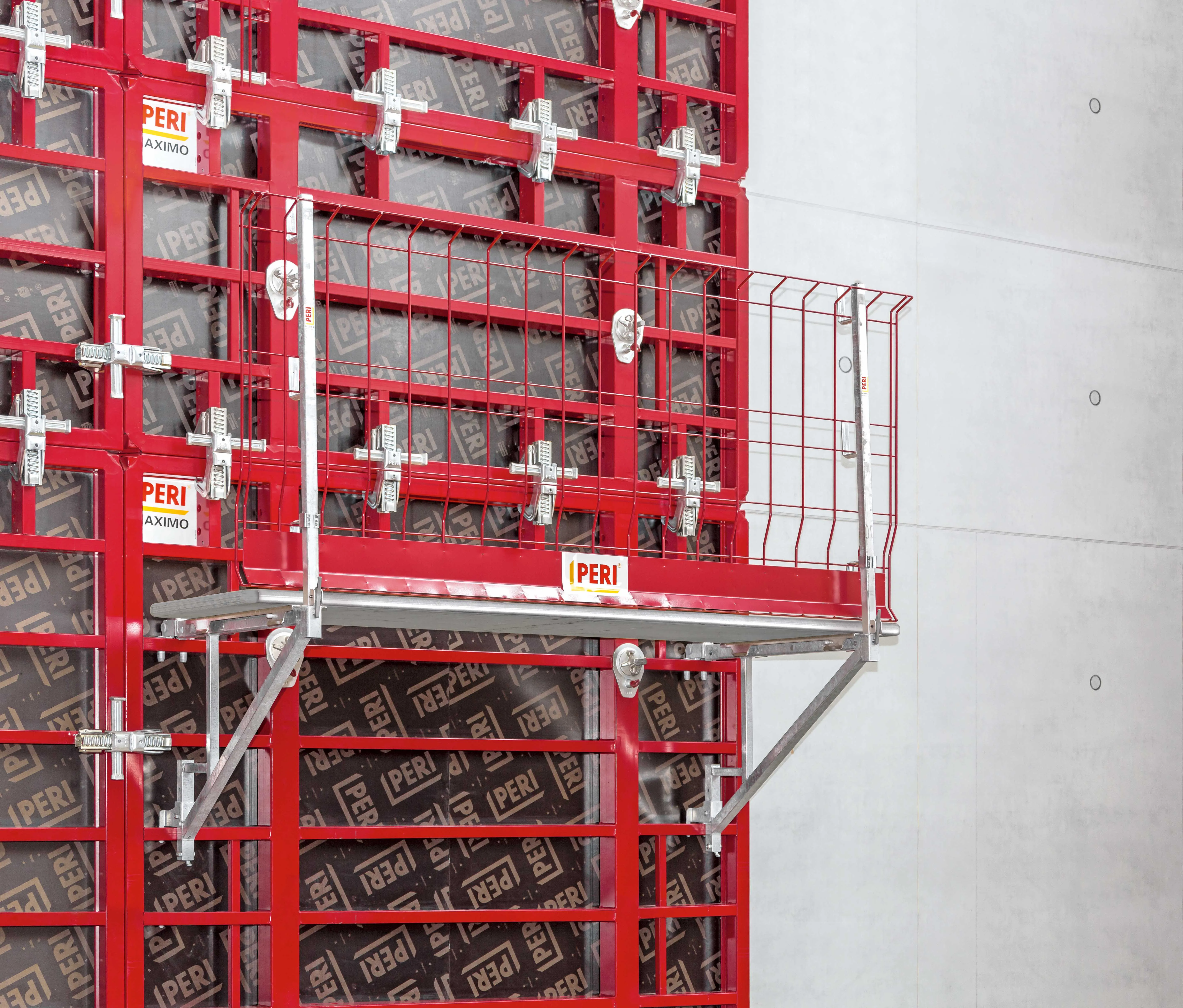A wide variety of products are available to help bridge owners reduce the need for costly repairs. Bridges are one of the most expensive structures on a highway system, and their maintenance, and where necessary, repair will save millions over time. Prevention being better than cure means that anything that can be done to reduce the need for repair is a good investment. For example, a MOOG bucket-type inspection unit has been commissioned for the Naini Bridge in Allahabad in the state of Uttar Pradesh, Indi
February 10, 2012
Read time: 6 mins

A wide variety of products are available to help bridge owners reduce the need for costly repairs
Bridges are one of the most expensive structures on a highway system, and their maintenance, and where necessary, repair will save millions over time.Prevention being better than cure means that anything that can be done to reduce the need for repair is a good investment.
For example, a
The signature bridge is the biggest cable-stayed bridge in India, and connects Allahabad with the NH 27, across the River Yamuna.
It was opened in 2005 to replace a weaker bridge, and MOOG supplied its model MBL 1600 inspection unit in September this year.
As part of its maintenance contract a MOOG machine was purchased to give personnel access for their inspection and maintenance works.
The MBL 1600 was modified to over-bridge the wide pathway of 5.3m, the widest pathway ever over-bridged by a mobile under-bridge unit. This machine also has a horizontal reach under the bridge of 16m, a working height of 21.8m and a lowering depth of 19.7m, thus giving access to all vital parts above and below the bridge deck.
A main challenge was being able to erect the machine within the tightly distanced cables under the angle of 24°, and the erection process had to be simulated before the customer would make the decision to purchase the machine.
The MBL 1600 has two rotation points, one on the base tower and the other one between the main and vertical boom. Telescopic stages on the main boom, vertical boom and bucket boom allow the highest flexibility for the operators.
Further features of the machine are the highly developed PLC control with a failure display in the truck’s cabin as well as a four-joystick operator panel in the basket.
The machine can either be run via the truck’s power take-off (PTO) or the on-board diesel generator which also provides the power for the power outlets located in the basket. A working platform that can be mounted onto the bucket boom and a traffic control trailer completed the delivery.
“As with all MOOG equipment, this machine is built in accordance with all international safety standards in mind including the Indian Road regulation. The unit was mounted on a four-axle Volvo chassis including right-side drive,” says MOOG.
The bridge it will inspect comprises a 630m cable-stayed section with a 260m long main span. The 26m wide structure (carrying a four-lane divided carriageway with cycle track and the footpath) was constructed by the
The slender concrete deck of the bridge is hung from profiled twin column pylons each 90m high, supporting a total of 52 stay cables each.
Drainage system
In another development, Pipeline & Drainage Systems (PDS), is pointing its EnviroDeck drainage product saying that unless properly drained, water can cause severe damage to bridges, particularly on deck surfaces where it may become trapped.The effects of not addressing this at the design stage has become apparent on many structures built between 20-30 years ago, with maintenance work now being carried out often due to inadequate drainage.
It is claimed that the traditional method of draining bridges by drilling holes in the surface and putting in grates and suspended pipework can leave water within the deck construction, and through time this can lift or crack the surfacing. Such systems are said to often be made from heavy metal, which are expensive to buy, install and maintain, and can place extra weight on a bridge.
Chris Rothery, managing director of PDS, says they are liable to rust and, being highly visible, can spoil a structure’s appearance.
In the UK, PDS says it has seen a big take up of the company’s EnviroDeck product, a drainage solution that is gaining increasing prominence in Europe. A surface-mounted lightweight, non-metallic composite system with colour coding options, it acts as a kerb edge and offers a hollow channel with water inlets to collect surface and sub-surface water continuously along the deck.
The company’s other road and highway drainage solutions include its lightweight recycled composite Envirokerb kerb drainage system (over 150,000m installed since its introduction in 2002) and the Envirochannel one-piece monolithic, recycled composite, lightweight channel drainage system, for use on highways, car parks and retail developments.
Since being founded in 2000, PDS has promoted its products, including EnviroDeck, at various trade shows, and is hoping to introduce it to the global market.
In 2008, PDS supplied 2,500m of EnviroDeck in Scotland for the new upper Forth crossing through the village of Kincardine, and also had a major input into the drainage design for the bridge. Other UK projects for EnviroDeck include Wolvercote Viaduct near the city of Oxford; the new Hunslet Viaduct, city of Leeds; the M50 motorway Queenhill Viaduct which crosses the River Severn, near Tewkesbury, and four structures on the M1 motorway widening project near Nottingham.
The system was supplied for the landmark cable-stayed River Suir Bridge, part of the N25 Waterford Bypass, which was built by Celtic Roads Group (Waterford), a consortium comprising Spanish company Dragados, NTR and Royal BAM. Originally, the design called for two longitudinal pipes under the bridge and drainage holes through the deck at 20m centres.
“The alternative EnviroDeck system we adopted resulted in a considerable saving in time and eased installation and maintenance. Most of the deck is above the river, so access would have only been possible by means of the maintenance gantry, delaying installation and commissioning until the end of construction,” says Dragados project manager, Sergio Perez.
The company’s first European project was on the Vial de Borde project, Spain, and further schemes followed in Switzerland, where EnviroDeck was selected as a highly cost-effective solution on the Rontal Bridge in Dierikon. It will also be used on the Kampmann suspension bridge in Germany in 2011.
PDS is also highlighting another drainage solution, Dri-Deck, which can be used in conjunction with EnviroDeck if required. Lateral slots in this secondary sub-surface channel drainage system provide relief to the pumping action of wheel loads within the asphalt construction of the bridge. Kerb systems are limited in their ability to drain right down at deck level due to a base thickness of the unit and the mortar bed which can raise the sub-surface collection holes further from the deck.
The Dri-Deck secondary system, for which PDS is sole distributor, may be desirable to pick up any sub-surface water at this lower level, and PDS, in partnership with USL, has developed a complete system for collecting sub-surface water at deck level. To complement this product PDS developed the Dri-Deck Channel unit.









